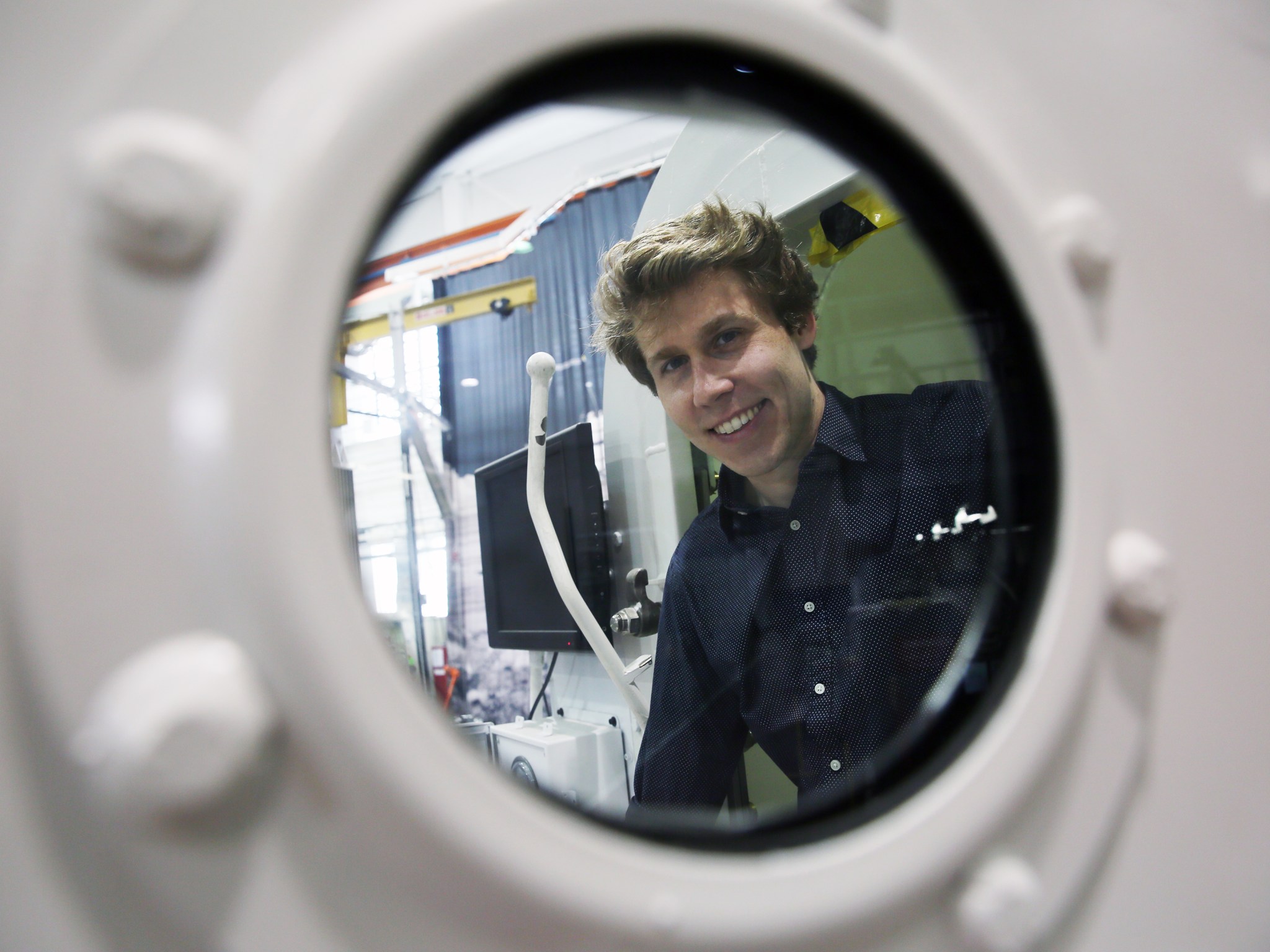I’ll be honest: I don’t know how I got here.
And I don’t mean I took a wrong turn somewhere; it’s awfully difficult to lose your sense of direction when you’re stopped in traffic on the Hampton Roads Bridge Tunnel. What I really mean is, I never quite expected I would be driving in to work at the National Aeronautics and Space Administration.
Why not? Well, my car has been a little shaky over the past few months and I haven’t yet found the time to take it in to the mechanic. Furthermore, I’m a statistician, a relatively rare breed in an aviation world that so often appears ruled by engineers and physicists. I was doubtful that my qualifications fit the NASA mold.
Fortunately, I was wrong. NASA is extraordinarily diverse, welcoming interns and employees from a wide variety of backgrounds. This eclectic workforce is especially pertinent to my field of study because, as the prominent 20th century statistician John Tukey once remarked, “the best part about being a statistician is that you get to play in everybody’s backyard.” This summer, as part of the NASA Interns, Fellows and Scholars program, I find myself in a new backyard: NASA Langley’s Crew State Monitoring (CSM) group within the Crew Systems & Aviation Operations Branch.
CSM studies human factors in aerospace to identify and ameliorate undesirable situations that may arise in interactions between human pilots and their robotic flight decks. Over the past several months, the group has actively monitored the in-flight performance of pilots as they tackle a multitude of simulated flight scenarios. During these scenarios, various sensors on the pilot and the flight deck collect data on the pilot’s physiological state over time: their heart rate, respiration rate, electrical brain activity, and even where the pilot is looking at all times using state-of-the-art eye-tracking equipment.
This raises many natural questions: What does nominal pilot behavior look like with respect to these data? How well can we recognize when a pilot is experiencing stress due to a high workload? What about when she is distracted or drowsy? Suppose something goes awry. Is the pilot looking at the right set of instruments on the flight deck to understand and subsequently address the problem?
Working closely with my mentor Kyle Ellis and the rest of the CSM group, my internship at Langley aims to answer these questions using powerful data-driven approaches. Drawing from my background in computational statistics, I am applying machine learning algorithms to a near-constant stream of signals to learn patterns in the data that help to characterize the pilot’s visual and mental state over time. Although early in our investigation, we are already getting some promising results!
Growing up, I never envisioned I would be a statistician. In hindsight, however, it seems inevitable that I would gravitate toward a field at the intersection of computer science and mathematics. I was raised in the Silicon Valley during the dot-com heyday and I have vivid memories of my dad inviting the neighbors over to feast their eyes on our new Dell desktop computer running Windows 95. When I entered college at California Polytechnic State University, San Luis Obispo in 2007, I chose to major in mathematics as I felt there was still so much more I had to learn (and this is only more true today!). It wasn’t long before I got my first taste of statistics and I was hooked.
After graduating from Cal Poly with Bachelor’s degrees in math and statistics, I made the cross-country move to Raleigh in 2012 to pursue a doctorate in statistics at North Carolina State University. When I return to NC State in August, I will continue my research with Brian Reich on hierarchical Bayesian methods for analyzing data distributed over space and time, incorporating my new knowledge of time-dependent machine learning techniques as a result of my internship with the CSM group. I feel very fortunate for the experience of working alongside so many talented and driven individuals at NASA Langley and I can only imagine what new backyards await me in the future.




























